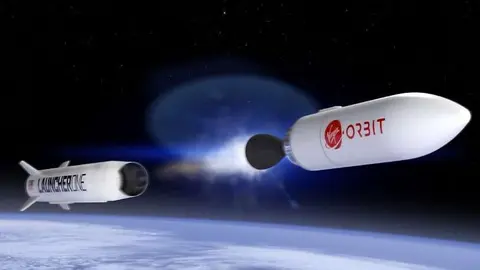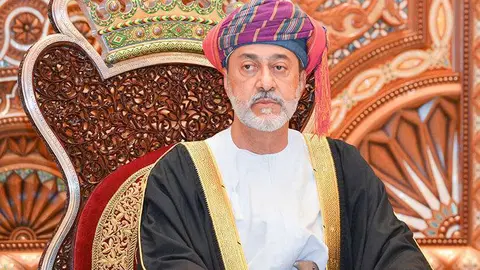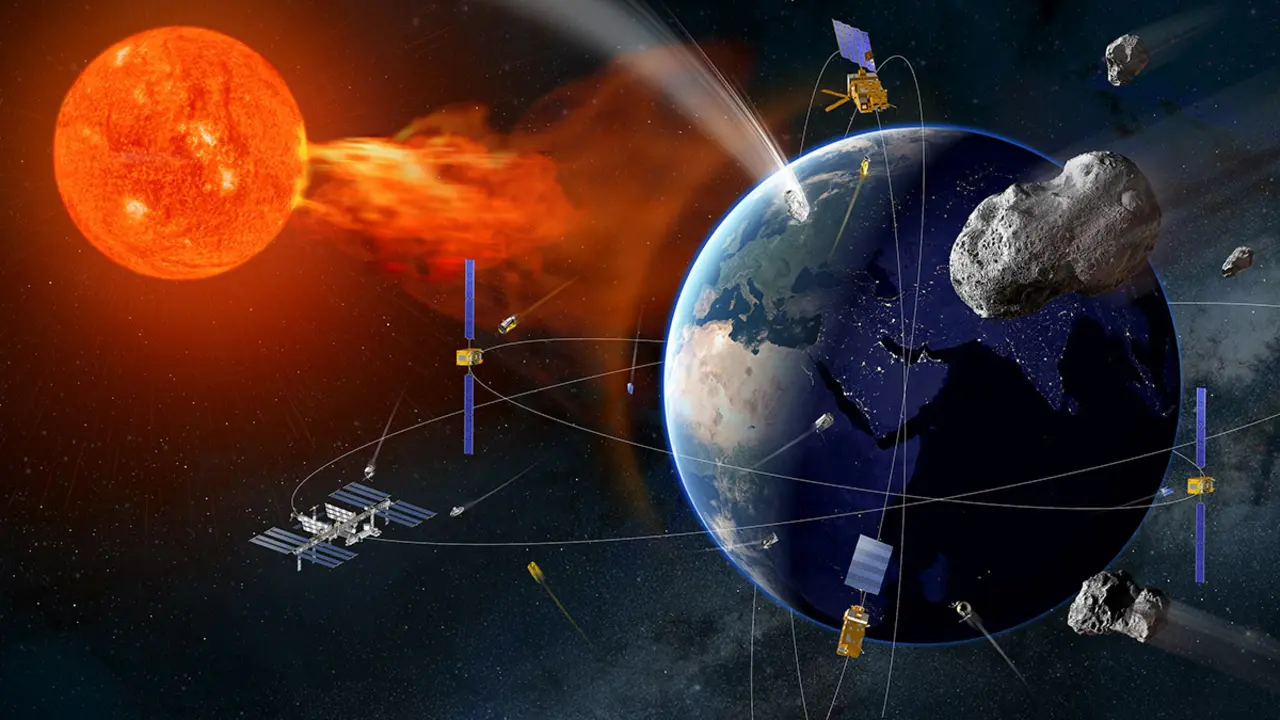Oman seeks technology partners to build the Middle East's first space base

With a privileged geographical location at the entrance to the Strait of Hormuz and an extensive coastline on the Indian Ocean, both places through which much of the world's maritime trade transits, the Sultanate of Oman also wants to be recognised as an emerging player in the landscape of Middle Eastern nations with space interests.
The government of Sultan Haitham bin Tarik al-Said, at the helm of the nation since January 2020, is determined to achieve this as part of its Oman Vision 2040 strategic plan, one of the action lines of which is to boost the Gulf country's fledgling space sector. The country's authorities are aware of the challenge they face.
Oman is following in the footsteps of its two main neighbours, Saudi Arabia and the Emirates, as both monarchies seek to diversify their respective economies, become less dependent on their respective oil and gas exports, and open channels to establish industries and services linked to the burgeoning international space ecosystem.

With the important assets of restraint and neutrality governing the Government of Oman's foreign relations, its excellent geostrategic position and the guidelines of Vision 2040, the Ministry of Transport, Communications and Information Technology under Saeed Bin Hamoud al-Mawali has defined a space policy and programme for the decade 2023-2033.
It has also identified 14 space projects to be undertaken in three phases, all focused on telecommunications, earth observation and ground infrastructure. One of the main projects is to build the Middle East's first rocket launch centre at Etlaq, on the Indian Ocean coast near the new port town of Duqm, some 550 kilometres south of Muscat, the country's capital.

To serve the space needs of the countries in the region
Duqm is a commercial port of about 200 square kilometres, which emerged a few years ago from the desert sands. Its construction has been made possible thanks to investments in infrastructures and technologies provided by Oman Wanfang - a consortium of Chinese companies - and the managers of the Belgian port of Antwerp, the second largest in Europe.
The presence of capital and technologies from Flanders is the reason why the inauguration in early February 2022 of the port was attended by the King and Queen of Belgium, Philippe and Matilda, accompanied by the Sultan's brother and Deputy Prime Minister for International Relations and Cooperation, Sayyid Asad bin Tarik al-Said.
With the approval of the Muscat government, the Etlaq space base is an initiative of the National Aerospace Services Company (NASCOM). The flight of a first small rocket is scheduled for next year, but the completion of the infrastructure and its opening horizon is scheduled for the middle of the current decade, provided the company finds investors and technology companies from third countries willing to collaborate in its implementation.

NASCOM has structured the complex into two main areas of activity, with a view to fostering regional space cooperation and giving priority to the commercial, technological, educational and space research needs of the countries of the Middle East.
One is dedicated to the assembly, integration and testing of small satellites owned by private companies or government space agencies. Another area would be set aside for micro-launchers, including sub-orbital flights for those willing to pay top dollar to feel the sensation of floating in space.

Better location than Cape Canaveral or Baikonur
Etlaq's project manager, Haitham al-Mahrizi, says the complex's equatorial position makes it an "ideal" site for launches into outer space. He believes that by being located at latitude 20°, rockets can take better advantage of the Earth's rotation and reach a take-off speed of 1,580 kilometres per hour (km/h). This is somewhat lower than that offered by French Guiana, which, being at latitude 5°, achieves a thrust of 1,666 km/h, thus saving energy and costs.
Haitham al-Mahrizi emphasises that firing from Etlaq "is more efficient than from the other most commonly used space bases". From Cape Canaveral (latitude 29°) and Vandenberg (latitude 35°), it achieves 1,469 and 1,375 km/h, respectively. He also states that "it is superior to that of the Russian cosmodromes", referring to Baikonur (latitude 45º) and Plesetsk (64º), from where the launchers reach a speed of 1,163 and 1,123 km/h, respectively.
Sultan Haitham bin Tarik al-Said does not want Omani institutions and companies to be involved in any of the approved projects alone. He is aware that to develop a credible space ecosystem he needs the cooperation of companies and institutions from third nations as technology partners.

Therefore, to showcase Oman's potential and initiatives, the Ministry of Transport and Communications has just announced that it will host what it calls the Middle East Space Conference in Muscat from 8 to 10 January 2024. To ensure its success, it is working with Euroconsult, a consultancy and strategic intelligence company specialising in the satellite market, whose CEO, Pacome Révillon, believes that the region has "enormous growth potential".
Ali bin Amer al-Shaidani, the undersecretary of communications and information technology, intends the conference to showcase his projects to international investors and companies in the sector, attract them to the region, and put on record that Oman is "the strategic gateway to space activity in the Middle East," he said.
Oman is in the process of contracting and launching its first observation satellite in 2025. It tried in January with the small Aman platform, but it failed because Richard Branson's LauncherOne rocket failed to give it and the eight others with it the necessary momentum to launch it into orbit.











